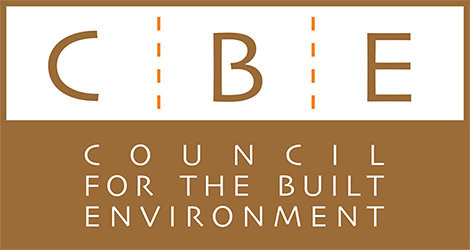Humanizing South Africa’s Urban Life Is a Constitutional Imperatives
Public spaces play a significant role in shaping a community’s identity and fostering a sense of belonging. They also play a crucial role in the preservation and celebration of our shared heritage. They serve as gathering points for communities to come together, engage in cultural activities, and commemorate and honour our history. For instance, take places such Mary Fitzgerald Square, Gandhi Square, Pieter Roos Park, Zoo Lake, Walter Sisulu Memorial Park all in Johannesburg, Church Square, Union Buildings Lawn, Burgers Park in Pretoria, Botanical Gardens in Durban and Grand Parade and Greenmarket Square in Cape Town.
South Africa is a country rich in diverse cultural heritage and historical significance. However, the management and maintenance of public spaces have become a contentious issue in recent years. Many communities and organizations have expressed concerns over the neglect and mismanagement of these spaces, fearing that their heritage is being disregarded and overlooked. Not only that the heritage is being disregarded, but unmaintained public spaces pose a safety issue for communities.
However, one of the main challenges we face is the lack of adequate funding and resources allocated to the preservation of public spaces. Many cities and towns struggle to allocate sufficient budgets to maintain and upgrade these areas, resulting in dilapidated structures, unclean environments, and overall disrepair. This not only hampers the aesthetic appeal of these spaces but also poses safety concerns for anyone utilizing them. By neglecting these spaces, we risk eroding the very fabric that holds our communities together.
There is also a lack of awareness and education surrounding the importance of public spaces and preserving our heritage. It is vital that we instil a sense of pride and responsibility within communities to actively participate in the upkeep and maintenance of these spaces. Without proper engagement and involvement, the battle to preserve our heritage will remain an uphill struggle.
Therefore, it is essential to ensure that these spaces are not only aesthetically pleasing but are also culturally appropriate, efficient, accessible, and useable. This is where our endeavour of humanizing South Africa’s built environment comes into play.
By focusing on creating public spaces that respect and reflect the diverse cultural backgrounds of South Africa, we can promote inclusivity and celebrate the richness and diversity of our society. It is crucial to acknowledge that each community has unique needs and preferences, and incorporating culturally appropriate elements into public spaces can foster a stronger sense of pride and ownership among the residents.
Efficiency is another key aspect to consider when designing public spaces. Efficient utilization of space ensures that all areas are accessible and functional, allowing individuals from different walks of life to benefit from these spaces. Whether it be parks, plazas, or recreational areas, we need to optimize the usage of every inch while keeping in mind the specific requirements and activities of the community they serve.
Accessibility plays a significant role in ensuring that public spaces cater to the needs of all individuals, regardless of their abilities. Incorporating universal design principles, such as ramps, tactile paths, and adequate seating, can make a substantial difference in enabling everyone to enjoy and utilize these spaces without any limitations. It is crucial to provide equal opportunities for participation and engagement to create a truly inclusive and accessible urban environment.
The contestation surrounding the preservation and provision of public space in South Africa has reached a critical juncture. We must take immediate action to secure the future of these spaces and ensure that our vibrant heritage is safeguarded for generations to come. I urge you to join this cause and lend your support in any way possible.
Moreover, the usability of public spaces is of utmost importance. It is essential to design spaces that are not only visually appealing but are also user-friendly and practical. Providing amenities, such as seating, shade, lighting, and proper maintenance, can enhance the overall experience and encourage people to utilize and inhabit these spaces for various activities, such as socializing, recreation, and relaxation.
Humanizing South Africa’s urban life is a constitutional imperative and noble goal that can be achieved through the provision of culturally appropriate, efficient, accessible, and useable public spaces. By embracing diversity, considering efficiency, prioritizing accessibility, and ensuring usability, we can create a built environment that fosters inclusivity, community pride, and a sense of place.
Issued by:
- Dr. Msizi Myeza
- Chief Executive Officer
- Council for the Built Environment (CBE)
- Tel: 012 3463985
Enquiries:
- Ms. Nosizwe Mokoena
- Stakeholder Engagement Specialist and Communication: CBE
- Mobile: 078 415 9211
- Email: nosizwe@cbe.org.za
- Ms. Sinah Ndala
- Communication Associate: CBE
- Email: sinah@cbe.org.za
